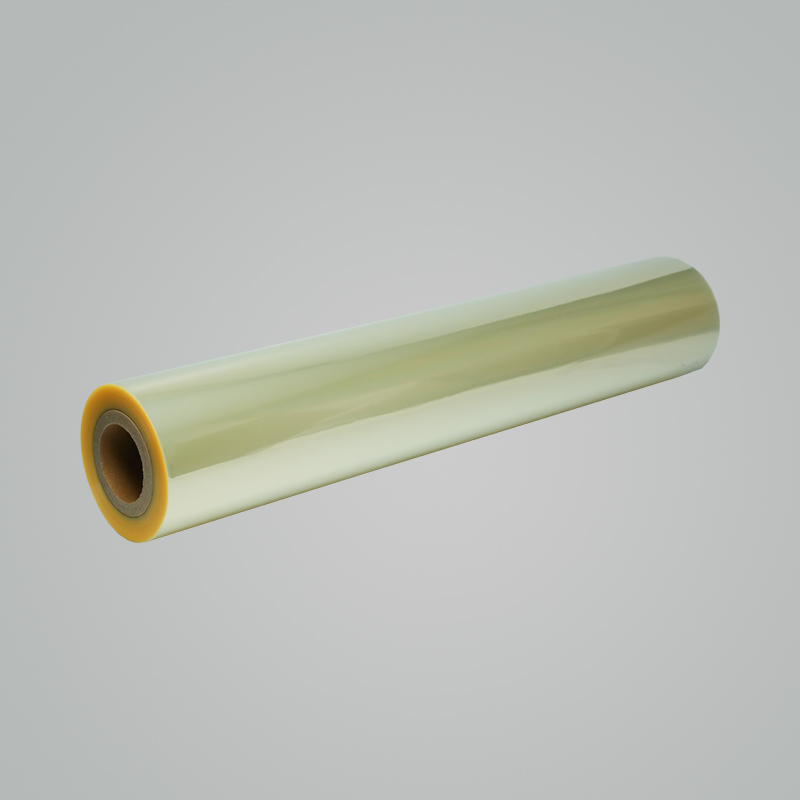Cast PVC Shrink Film
Material:PVC Shrink Film
The environmental implications of using PVC (polyvinyl chloride) shrink film are significant and multifaceted. Here are some key points to consider:
1. Non-Biodegradability
Issue: PVC is not biodegradable, meaning it can persist in the environment for a long time after disposal.
Impact: This can contribute to landfill waste and environmental pollution, as discarded PVC products do not break down naturally.
2. Recycling Challenges
Issue: While PVC can be recycled, the process is complicated and not universally available. Contamination and the need for specialized recycling facilities can limit effective recycling.
Impact: Many PVC products end up in landfills instead of being recycled, leading to increased environmental burden.

3. Toxicity Concerns
Issue: The production and disposal of PVC can release harmful chemicals, including dioxins and phthalates, which are known to be toxic and potentially carcinogenic.
Impact: These substances can pose risks to human health and ecosystems, particularly if released into water sources during manufacturing or incineration.
4. Energy Consumption
Issue: The production of PVC shrink film is energy-intensive, requiring significant fossil fuel consumption and contributing to greenhouse gas emissions.
Impact: This contributes to climate change and other environmental challenges associated with high energy use in plastic manufacturing.
5. Alternatives Availability
Issue: There are more environmentally friendly alternatives available, such as biodegradable films or those made from renewable resources.
Impact: The continued use of PVC may hinder the adoption of these sustainable options in packaging.
While PVC shrink film is widely used for its properties and effectiveness in packaging, its environmental implications, including non-biodegradability, recycling challenges, toxicity concerns, and high energy consumption, are significant. To mitigate these impacts, exploring alternatives and improving recycling methods for PVC products is essential.